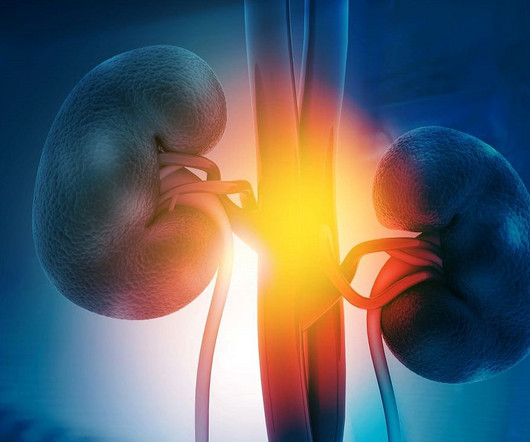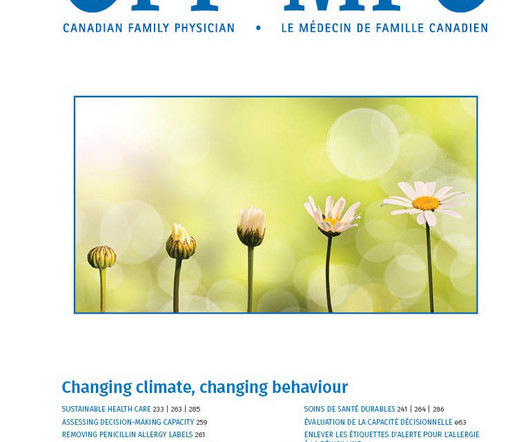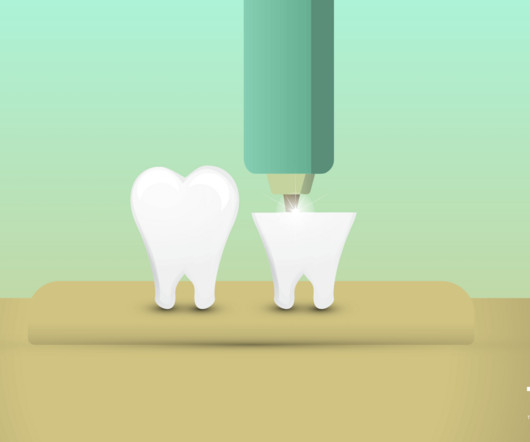Electronic Nudge Letters Do Not Improve Guideline-Directed Medical Therapy in CKD
Physician's Weekly
JUNE 17, 2025
TUESDAY, June 17, 2025 (HealthDay News) — Neither delivery of electronic nudge letters nor letters to general practice increase uptake of guideline-directed medical therapy (GDMT) among patients with chronic kidney disease (CKD), according to a study published online June 7 in Circulation. Kristoffer Grundtvig Skaarup, M.D.,












Let's personalize your content